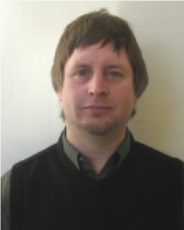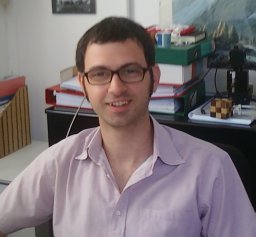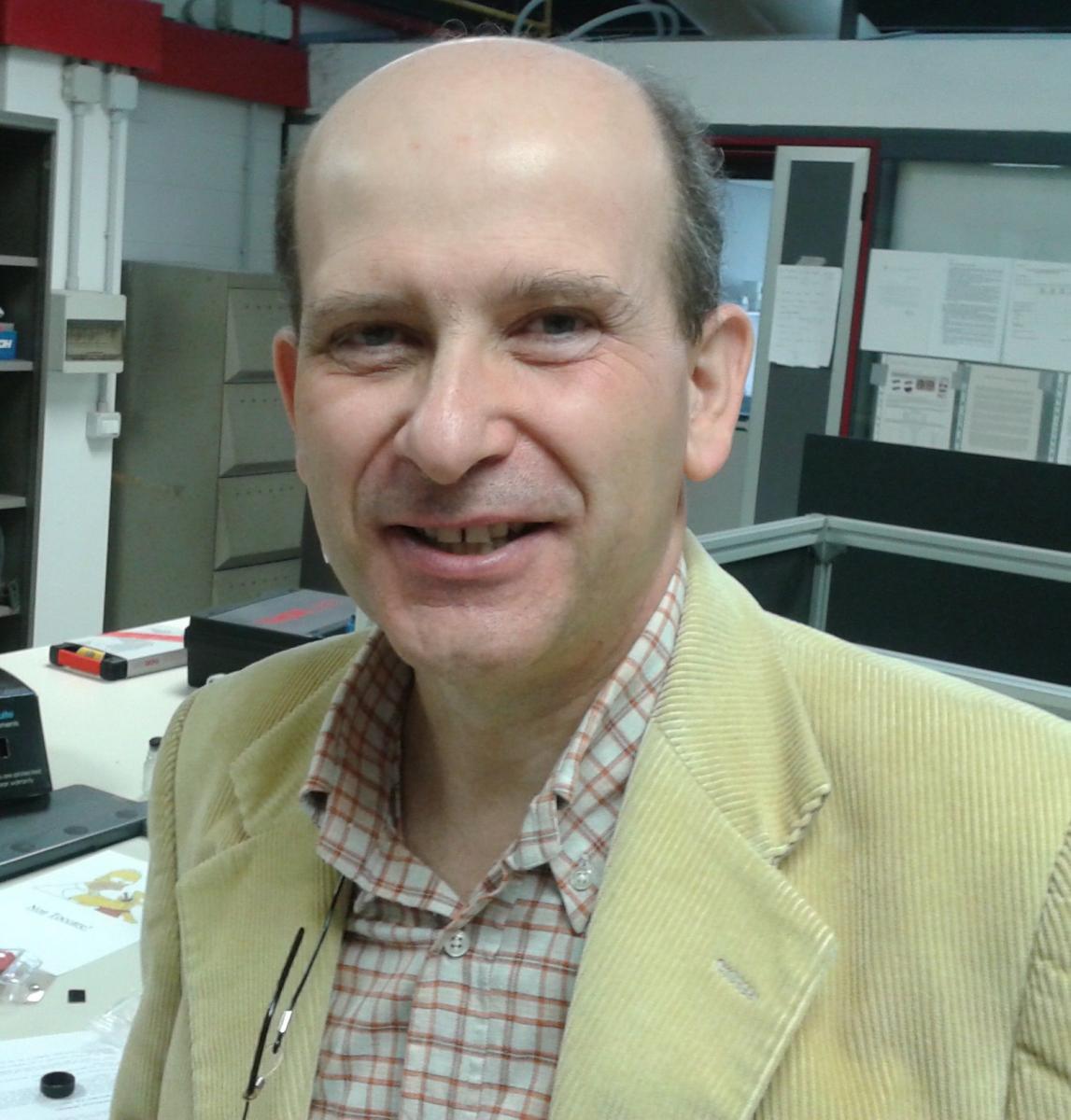This is archived page of the European Optical Society. Check new website from here.
Chairs
 |
David Lidzey, University of Sheffield (Great Britain) |
 |
Francesco Scotognella, Politecnico of Milan (Italy) |
 |
Davide Comoretto, University of Genova (Italy) |
Many molecular and polymeric semiconductor materials are able to absorb or emit light with high-efficiency, providing the foundation for applications in technologies ranging from optical communication devices to energy harvesting and storage. By combining organic and inorganic materials together, so-called hybrid systems can also be created that possess properties not achievable in either material system alone. For example, organometal halide perovskites, nanocrystals and their polymer nanocomposites, graphene like materials and 2D semiconductors are now of significant interest as materials for photovoltaics, LEDs and lasers. Bio-photonics also represents an emerging opportunity to develop new types of functional, hybrid system. This topical meeting aims to bring together the community of physicists, chemists, material scientists and engineers having an interest in the application in photonics, light-harvesting and light emission in order to provide an overview of the state of the art and a vision for future technologies. Our session considers fundamental theory, basic spectroscopy and device studies. We aim to cover a broad range of topics, including organic lasers and laser devices, perovskite photovoltaics and lasers, organic light emitting diodes and photovoltaic devices, biologically inspired photonics and devices, nano-photonic materials and systems, microcavities and polariton-based optics, photonic sensors, photonic-crystals and self-assembled photonic structures, and spectroscopy of organic and hybrid semiconductors.
Molecular electronic materials for solar energy conversion: relating structure to function
Jenny Nelson, Imperial College, United Kingdom
Jenny Nelson is a Professor of Physics at Imperial College London, where she has researched novel varieties of material for use in solar cells since 1989. Her current research is focussed on understanding the properties of molecular and hybrid semiconductor materials and their application to solar energy conversion. This work combines fundamental electrical, spectroscopic and structural studies of molecular electronic materials with numerical modelling and device studies, with the aim of optimising the performance of solar cells and other devices based on molecular and hybrid materials. She also works with the Grantham Institute for Climate Change at Imperial to explore the mitigation potential of renewable energy technologies. She is an ISI Highly Cited Researcher in Materials Science and has published over 250 articles in peer reviewed journals, several book chapters and a book on the physics of solar cells. She holds a number of awards including the 2016 Institute of Physics Faraday medal and was elected as a Fellow of the Royal Society in 2014.
IMPORTANT DATES
PROGRAM
INFORMATION FOR PRESENTERS
REGISTER
TOPICAL MEETINGS AND SESSIONS:
TUTORIALS
AUTUMN PHYSICS SCHOOL
VirtualLab Seminar
EXHIBITOR PROFILES
SPONSORING and EXHIBITION PACKAGE
PUBLICATION OF PAPERS
ADDITIONAL INFORMATION
